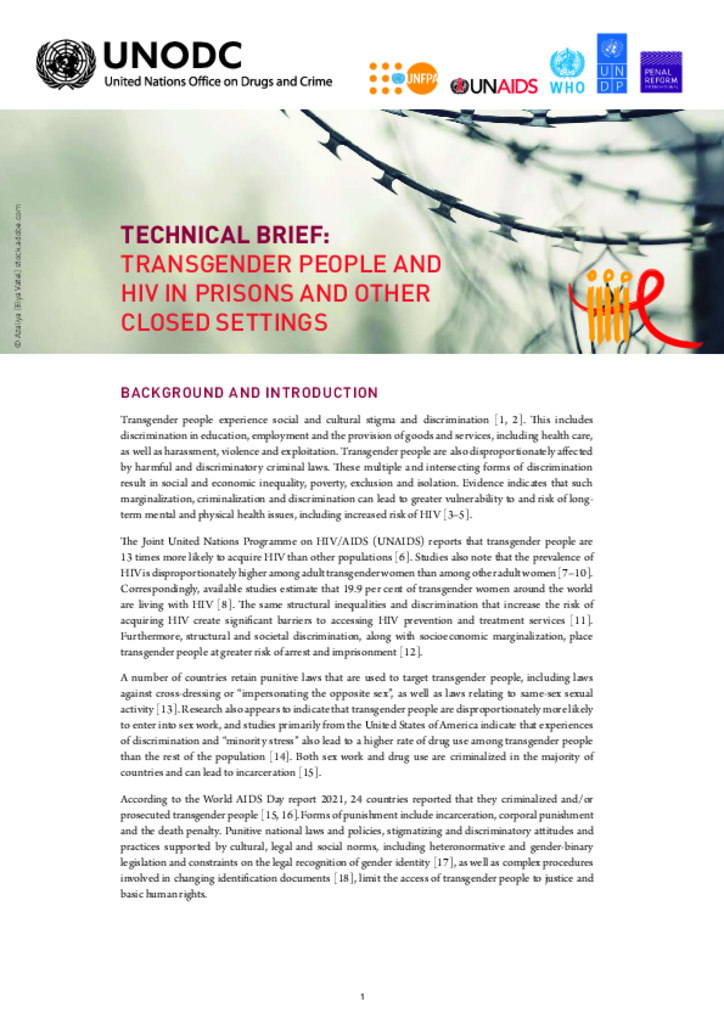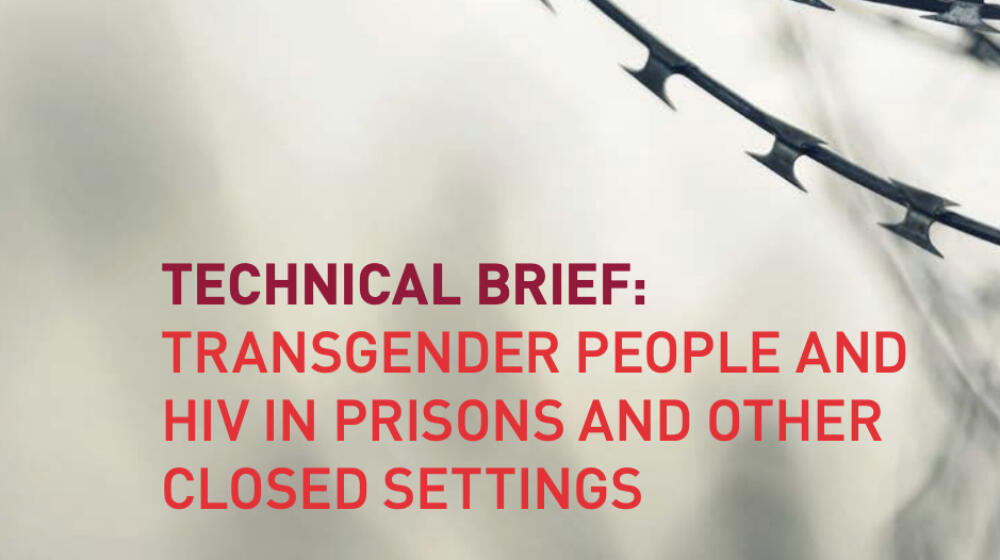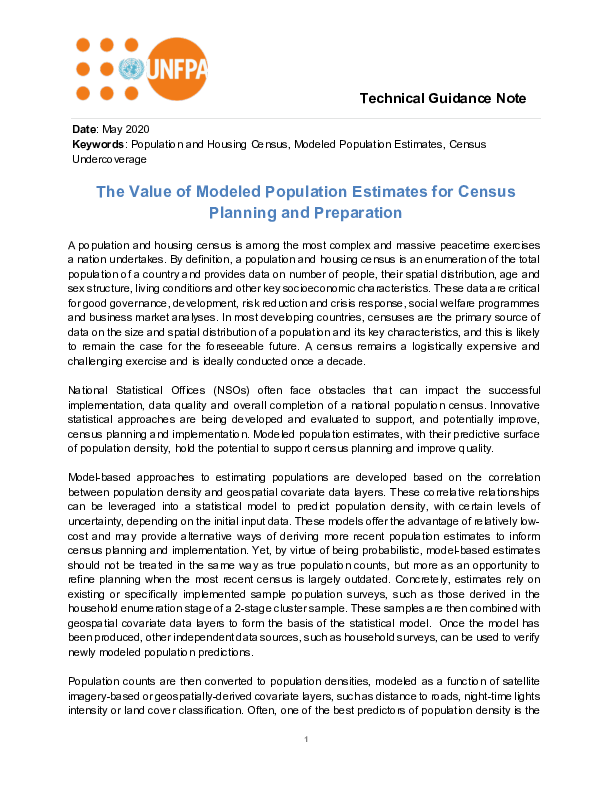The face of inequality is increasingly urban. Too many urban residents grapple with extreme poverty, exclusion, vulnerability and marginalization.
Urban land is expanding much faster than urban population, a phenomenon known as urban sprawl. It is driven in part by increasing urban land consumption by the wealthy and the increasing separation of rich and poor communities within cities. Sprawl undermines the efficiency of urban living, and it marginalizes poor people in remote or peripheral parts of cities, often in dense informal settlements or slums.
This phenomenon can eliminate the very opportunities people seek when they move to cities. Many people in slums lack ready access to health facilities. Others rely on private, unregulated providers for health services that are free in rural areas. In some urban slums, poor women have fertility rates closer to those of rural women. The urban poor also face risky and unhealthy living conditions, heavy pollution or high vulnerability to disasters.
Between 1990 and 2020, the percentage of the global urban population residing in slums declined from 46 per cent to 24 per cent. However, due to rapid urbanization in many developing nations, the actual number of individuals living in slums has inevitably increased.
The majority of those enduring slum-like conditions are concentrated in four key regions:
- Latin America and the Caribbean (95 million)
- Sub-Saharan Africa (230 million)
- Central Asia and Southern Asia (259 million)
- East and Southeastern Asia (306 million)
Presently, around 1.1 billion people inhabit slums or slum-like environments in cities, and an additional 2 billion are anticipated to do so over the next three decades.









